How to make your desk wireless
Cut the cord and board the Bluetooth bandwagon
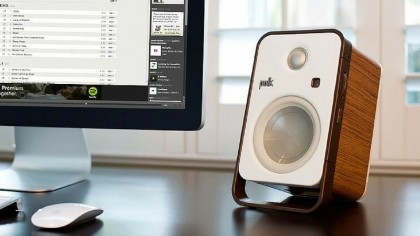
Introduction
Going wireless while you work is all about customisation. It's about having your desk the way you want it; uncluttered, cable-free and with more room for either flowing, unencumbered creativity... or more scraps of paper. Either way, let's not get ahead of ourselves – with wireless power in its novelty-grade infancy, all the wireless keyboards, mice, and speakers in the world are not going to get rid of a power cable or two below the desktop, even if that's only for the monitor and task light.
Bluetooth is the reigning tech in wireless, of course, but does Bluetooth equal smart home automation? That's a bit of a stretch, with most wireless gadgets one-trick commodities, but the ubiquitous Bluetooth smart tech is definitely a growing part of the digital home and home office.
IHS Technology predicts that Bluetooth Smart will be the fastest growing connectivity technology over the next three years, partly because it's the only low-power tech natively supported by all smartphones and tablets. For the desktop, it's perfect.
In this slideshow, we're going to cover the main wireless moves you can make on your desk, starting with your peripherals…
- We've also featured the best standing desk.
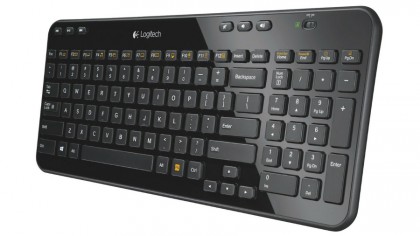
Wireless keyboard and mouse
This is where Bluetooth begins, cutting the tether forever between keyboard and display. Choosing a wireless keyboard is easy, with one golden rule above all others; make sure it's comfortable. It's also worth checking that you can perform error-free typing (look for slightly concave, curved keys with notable gaps between them), and that the keyboard offers quiet keystrokes, too – no-one wants to hear you tapping away loudly all day, least of all yourself.
There are plenty of other niceties, from battery life and compatibility with smartphones and tablets (it's handy to be able to whip away your keyboard for a work trip where a tablet will suffice) to touch-sensitive backlighting and Apple or Windows-specific keys. When it comes to mice, always avoid travel mice, which are shrunk for portability and don't encourage functionality, comfort or health.
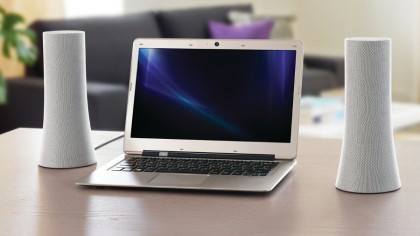
Wireless speakers
Another stalwart of the wireless desktop are cable-free speakers. There are hundreds of designs available, most of which have one powered speaker as a hub and one slave speaker, though some have the hub as a separate, small device. Those who work solely on an iPad ought to spec some wireless speakers that play nicely with Apple AirPlay, though another option is a portable Bluetooth speaker. They're mostly marketed – hugely ambitiously – as festival accessories or travel gadgets, but are really at their best on the desk.
If you go down this road, size is all-important for both sound quality and battery – look for at least 10W of power and 10 hours operation, though you're always going to need a microUSB cable to hand for frequent recharges. All come with both a 3.5mm line-in for linking gadgets without Bluetooth and a rechargeable battery. Versatility defined, in theory, but some make a better noise than others. The rule is simple – the bigger, the better.
A second option for your desktop is to be joined to a wireless multi-room music system, though most will give you a choice of a single connected speaker unit or a hub that existing speakers can be wired to. The former is cleaner in terms of fewer cables, but Bluetooth often comes with one disadvantage that's audible to anyone who listens properly; the sound is pretty thin. If there's one area where wireless isn't better than wired, it's music.
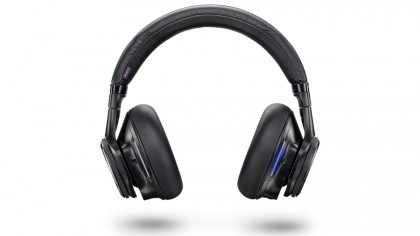
Wireless headphones
Whether you work at home or in the office, an expensive desktop speaker system is usually overkill, and often highly inappropriate. Step forward Bluetooth headphones, which will link automatically to your PC or Mac once paired. Forget handy brackets or supports designed to keep them within reach on a desktop – when you don't need them, they should be completely out of sight, so store them in a desk drawer.
If you work in a busy, noisy office or house, go for noise-cancelling wireless headphones. Swerve claims of 'noise isolation', a meaningless marketing term designed to sell second-rate earphones, and instead go for the real deal, which use tiny embedded microphones that measure ambient noise levels, before creating 'antidote' sound waves that cancel out the low frequencies.
The end result is a silence that's worth paying the extra for. However, be careful not to buy noise-cancelling headphones that don't have a passive mode, so don't work at all unless their batteries are charged.
- Check out: 8 best wireless headphones available today
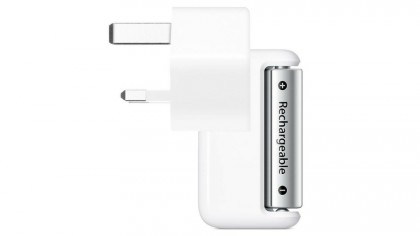
The supporting acts
Going wireless comes with one massive drawback; everything needs recharging. The more you go wireless, the more gadgets need a regular top-up, and when all of your wireless gadgets drain simultaneously, it can be a problem.
It's also worth bearing in mind that, just occasionally, Bluetooth gadgets won't play nicely. If you're on a deadline when the mouse runs flat, you won't have the time or patience to wait for batteries to recharge, or to make a third attempt at re-establishing a Bluetooth link. So keep your old wired mouse in a nearby desk drawer where it can be quickly accessed.
Many Apple users needlessly spend big on the official Apple charger and batteries to help refuel their wireless gadgets. Avoid the high fees by buying any brand of high performance AA size, 2,400 mAh batteries (anything smaller needs a weekly recharge) – which work in all Apple wireless keyboards and mice – and any compatible battery charger. Keep a charger, with batteries inside, attached to a nearby power socket. For now, always having fresh batteries within reach is the right way to approach the emerging age of the wireless desktop.
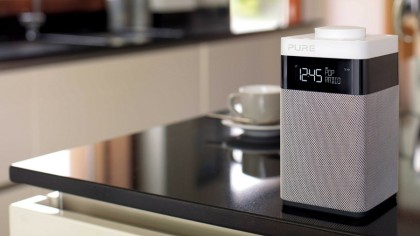
The original wireless
Every desktop needs a radio, but should you rely on internet radio or an old-fashioned 'wireless'? The head says internet radio – with the rest of your desktop wireless and on Wi-Fi, it should be a cinch to get your favourite radio station playing. However, your computer takes a while to boot-up, the Wi-Fi can drop out, and web radio buffers so much that broadcasts can quickly get ten minutes behind live. It's also worth remembering that sometimes you may want to listen to the radio without needing to have your monitor on. If radio is important to you, choose a DAB radio for your desktop that can be switched on with one touch.

Jamie is a freelance tech, travel and space journalist based in the UK. He’s been writing regularly for Techradar since it was launched in 2008 and also writes regularly for Forbes, The Telegraph, the South China Morning Post, Sky & Telescope and the Sky At Night magazine as well as other Future titles T3, Digital Camera World, All About Space and Space.com. He also edits two of his own websites, TravGear.com and WhenIsTheNextEclipse.com that reflect his obsession with travel gear and solar eclipse travel. He is the author of A Stargazing Program For Beginners (Springer, 2015),